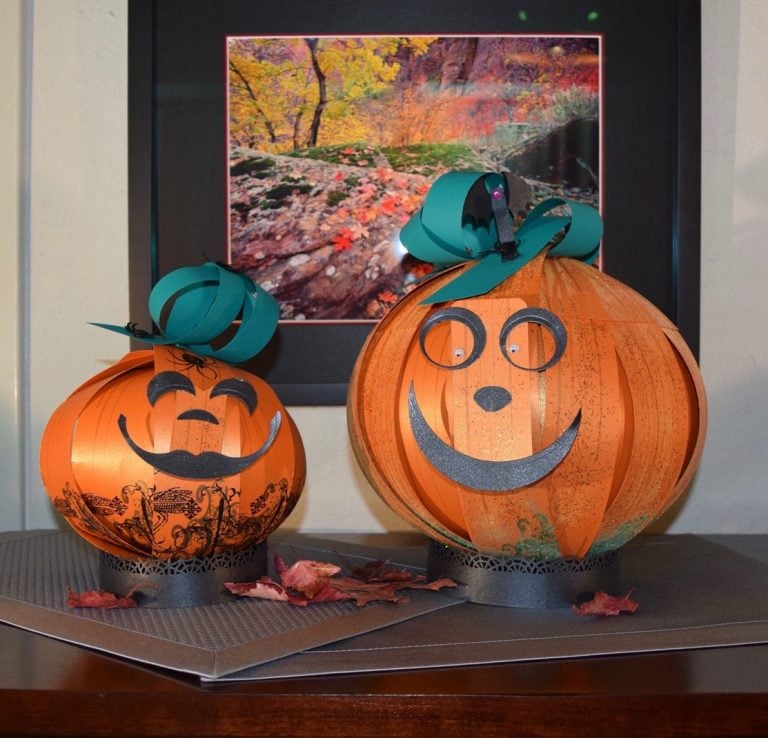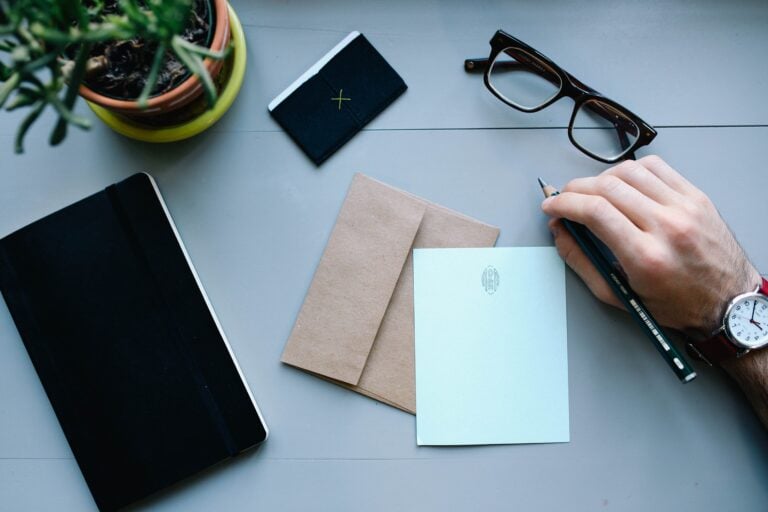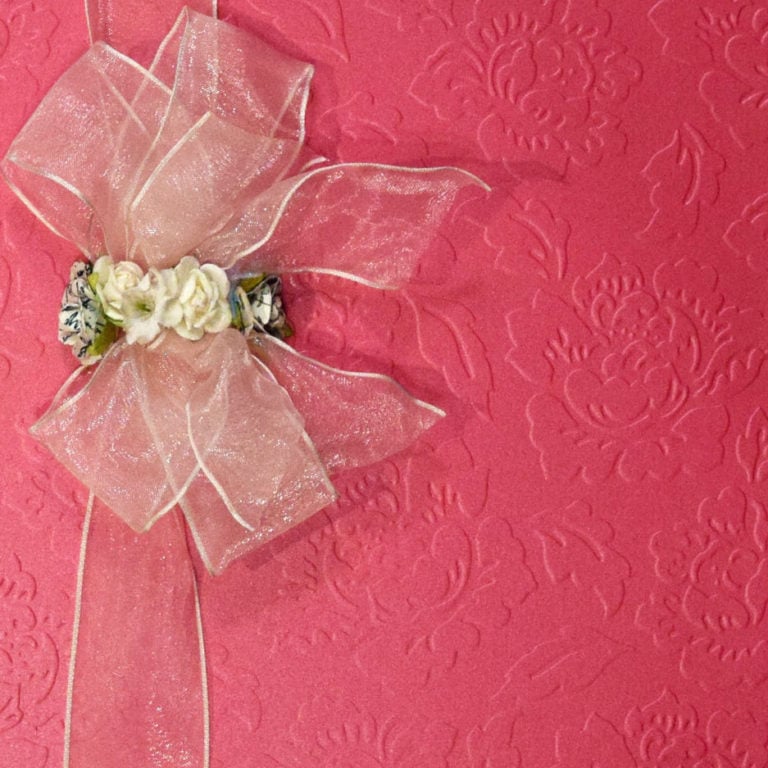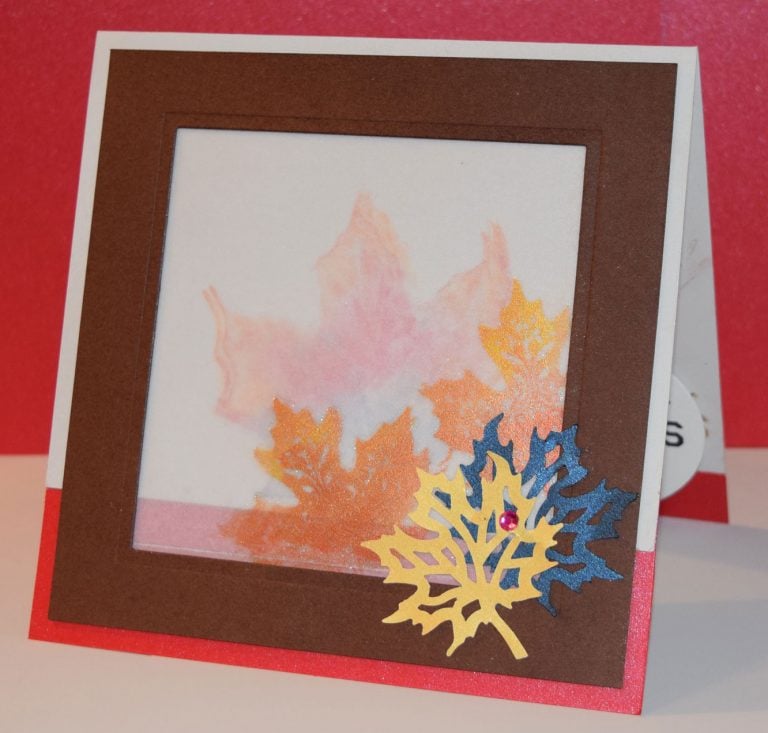Bespoke Envelope Liners With Letter Size Paper
Bespoke envelope liners are an easy way to add a distinctive and personal touch to your correspondence. They are the ideal way to add class and elegance to any occasion. These liners may be composed of various materials, including cardstock, tissue paper, parchment paper, and even letter-size paper.
Creating your own envelope liners is likewise a simple and speedy process. Before beginning, you must grasp the many types of liners and the dimensions of a custom return address envelope.
Letter Size Paper – Bespoke Envelope Liners
Lets Review Details about this.
Advantages of Utilizing Letter-Size Paper for Custom Envelope Liners
Using letter-size paper for bespoke envelopes has many benefits. First, it is an economical alternative. Letter-sized paper is available in a range of colors, designs, and textures and is reasonably inexpensive.
Additionally, it is pretty straightforward to work with, making it an excellent option for beginning artisans.
Versatility is another advantage of using letter-sized paper for custom envelope liners. It can be used to create a variety of liners, ranging from simple and elegant to ornate and inventive. Additionally, it can be used to create cushioned, string, and washing liners.
What are the dimensions of a custom envelope with a return address?
When creating bespoke envelopes from letter-size paper, it is necessary to know the envelope cover dimensions of custom return address envelopes.
The dimensions of return address envelopes are typically 5.50″ x 4.25″. However, the exact measurements may vary based on the size of your envelope and the sort of liner you’re creating.
How to Cut and Measure Letter-Size Paper for Custom Envelope Liners
The first step in manufacturing envelope liners from letter-size paper involves measuring and cutting the material. To accomplish this, you must determine the height and width of your envelope.
Depending on the size of the envelope and the sort of liner you are creating, these dimensions will change.
After obtaining the measurements, you must transfer them to letter-sized paper. Using a ruler and a pencil, you can mark the measurements on the paper. Once the measurements have been marked, the letter-size paper can be cut to the required size using a craft knife or scissors.
How to DIY Custom Size Envelope
Once the letter-size paper has been cut to the required dimensions, it can be used to create a custom-sized envelope.
To accomplish this, you must fold the paper in half along its length. Afterwards, cut the edges of the folded paper using a craft knife or scissors once it has been folded. For this stage, you can alternatively use a paper trimmer.
After securing the envelope, you can trim the edges with a craft knife or scissors to give it a more polished appearance. After cutting the paper’s edges, you can use glue or double-sided tape to adhere the two sides together. A stapler can also be used for this stage.
Making Customized Padded Envelopes
Bespoke padded envelopes are an excellent way to add a touch of luxury to your letter. To create it, you will need letter-sized paper, batting, and coordinating fabric.
First, you must measure and trim the letter-sized paper to the necessary dimensions. Leave a few extra inches of fabric and batting on each side of the paper. After the paper has been cut, the batting and fabric must be layered on top.
After layering the batting and fabric, you must adhere them to the paper. For this stage, you can use glue or double-sided tape. After the batting and fabric have been fastened, you can trim the excess fabric and batting off the edges using a craft knife or scissors.
Making Bespoke String and Washer Envelopes
First, you must measure and trim the letter-sized paper to the necessary dimensions. After the paper has been cut, it must be folded in half along its length. Cut the edges of the folded paper using a craft knife or scissors once it has been folded.
Once the paper’s edges have been cut, the two sides must adhere together. For this stage, you can use glue or double-sided tape. After securing the envelope, a hole puncher can create two holes on each side.
After creating the holes, you must thread the string through the holes and make a knot on each end. After tying the knots, you can add washers to the string to complete the envelope’s appearance.
Techniques for Making Bespoke Envelopes
The process of creating bespoke envelopes can be very gratifying. However, it can be scary for those who are inexperienced. Here are a few helpful hints to make the procedure a bit simpler:
- Measure twice and cut only once. Before beginning to cut, double-check your dimensions to guarantee their accuracy.
- Utilize a paper trimmer for accurate cuts. A paper trimmer is an excellent instrument for making precise and uniform cuts.
- Utilize superior materials. Investing in high-quality materials will significantly improve the final product.
- Take your time. Avoid rushing the procedure. Take your time and appreciate the experience.
Ideas for Personalized Envelope Liners
Once you have mastered the fundamentals of creating custom envelope liners, you can begin to express your creativity. Here are some inventive ideas for personalized envelope liners:
- Use patterned paper. Using patterned paper to add an original and creative touch to your liners is an excellent idea.
- Decorate with ribbon. Adding a ribbon border to your envelope liners is a terrific way to add a touch of style.
- Use metallic paper. Metallic paper can be utilized to produce an attractive and opulent appearance.
- Construct a patchwork pattern. Create a patchwork pattern by merging paper of various colors and designs.
- Use vellum. Vellum is an excellent material for adding a soft, romantic touch to your envelope liners.
Conclusion
Making envelope liners from letter-sized paper is an excellent way to give a distinctive and personal touch to your correspondence. Additionally, the process is simple and relatively quick.
Before beginning, you must grasp the many types of liners and the dimensions of a custom return address envelope. Once you have mastered the fundamentals, you may add a touch of elegance and sophistication to any occasion via your creativity.








